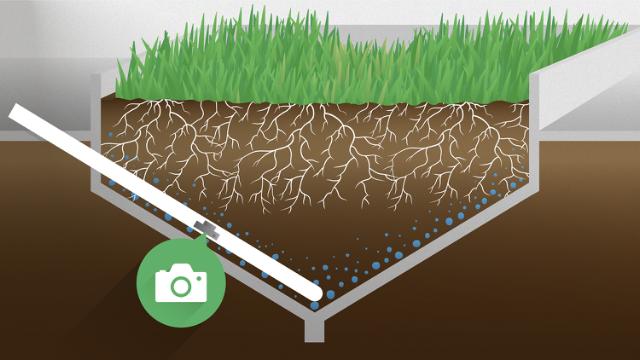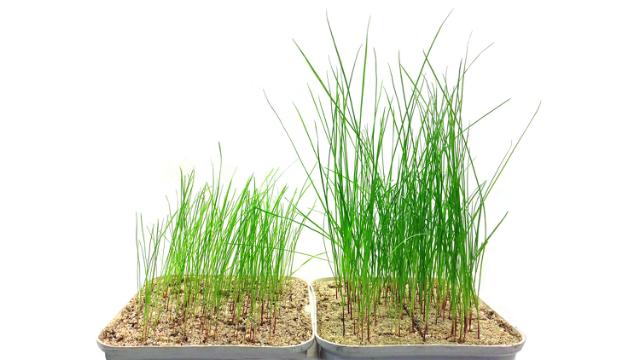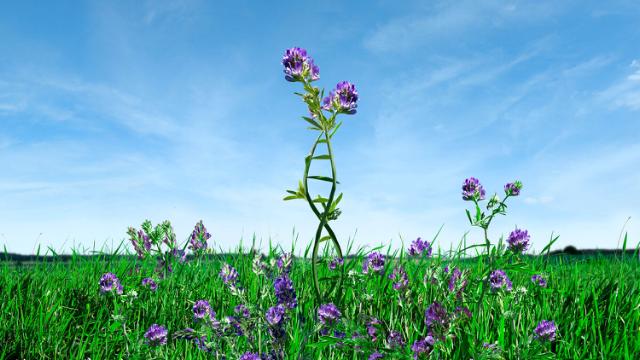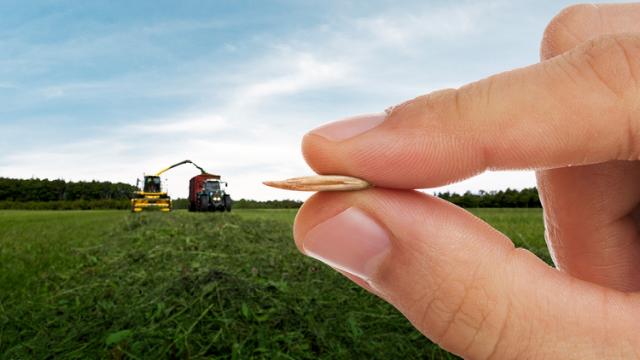
Roots
Changing environmental and climatic conditions challenge your forage production. Grasses that can better handle spring and early summer drought will result in a healthy and high yielding crop.
Fodder beet is by far the highest yielding forage crop you can grow. The energy rich fodder beets are complementing the use of grass or protein rich legumes in the diet of cattle.
Beet is highly digestible and the most energy-rich component of your cattle herd's diet. The yield and forage quality remain consistent year after year making fodder beet a crop that you can depend on.
Fodder beet is versatile too. In many countries farmers depend on it for winter storage feed and it is good for filling gaps in the yearly forage cycle. Farmers often grow beet as a buffer to use in the dry days of late summer.
Beet is also a good source of renewable energy. It carries little excess weight from dirt and generates a consistently high yield of dry matter.
Check out our selection of fodder beet varieties below.
High milk or meat yields are essential for running a profitable farm.
The key to this is to keep your herds well fed with home-grown forage.
With best in class ForageMax mixtures you increase the
nutritional value of your forage and silage.

Changing environmental and climatic conditions challenge your forage production. Grasses that can better handle spring and early summer drought will result in a healthy and high yielding crop.

Everybody needs good nutrition to grow. Grass seeds are no exception. That’s why we send our ProNitro® coated seeds into the world with a packed lunch full of nitrogen that will fuel germination and growth.

High drought tolerance, excellent yield with a high protein content and not least a natural nitrogen source. The reasons for choosing DLF Alfalfa are manyfold.

Higher forage quality. Excellent tolerance. Better yields. There are plenty of great reasons to give the green light to PLUS grasses.

Our top quality grasses labeled as DLF Fiber Energy improve nutritional intake. The result is more milk and/or meat yields and at the same time a reduced climatic impact.

Our top quality grasses labeled as DLF Fiber Energy improve nutritional intake. The result is more milk and/or meat yields and at the same time a reduced climatic impact.